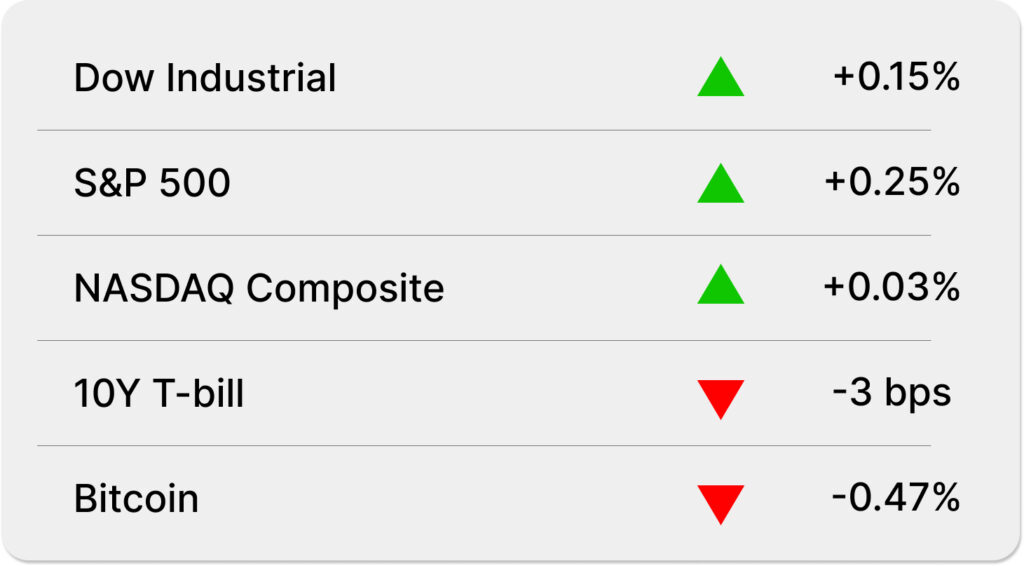
Key Events
👉 How Private Equity Firms Avoid Taxes On Over $1 Trillion
According to new research by Oxford University, private equity firms have avoided taxes (legally) on over $1 trillion of income since the 2000s.
The research suggests that firms have earned over a trillion dollars as carried interest which is not subject to income tax. But, how does this work?
The structure of a private equity fund is that money is pooled from investors who are known as limited partners (LPs). The fund is managed by General Partners (GPs) who make investment decisions to generate a return. After say 5-10 years, the gains on investment are realized and the LPs are paid back their initial investment plus some return known as the hurdle rate.
After the hurdle rate is met, the remaining profits are split between the GPs and LPs. The GPs’ portion of profits is known as the carried interest. The idea is to align the interests of the GPs with the LPs—the GPs will work to generate high returns since their carried interest is contingent on that.
The difference is that carried interest is recorded as capital gains and therefore is subject to a much lower rate of tax.
As Amazon says – don’t blame the company. They are following the laws. Blame Congress who creates the laws.
👉 Wall Street Megabanks Go After Mid-market
J.P. Morgan, which is known for financing and advising megamergers, is spending more of its time on deals for companies valued at $2 billion or less.
Roughly 30,000 businesses get their checking accounts and lines of credit from J.P. Morgan commercial banks. The idea is to leverage those relationships and offer the businesses investment banking services.
Why do bulge bracket banks find mid-market companies attractive? The main reason is that private-equity firms invest lots in midsize companies. Middle market deals comprise 74% of private-equity buyouts in 2023.
Fund size puts a ceiling for most sponsors. Take a fund that just closed $2B. Deploying that capital across 10 deals for proper diversification would mean that each position is ~$200M. Assuming 50% leverage would imply that the firm targets firms that are ~$400M. 60% leverage, ~$500M. 80% leverage, $2.5B. The point is that mostly the few megafunds can do the fancy take-privates. The rest is mid-market.
Although there has been an overall decline in private-equity deals in a high interest rate environment, smaller buyouts are less affected by it since they often take on less leverage and underwrite growth, meaning they have to make lower interest payments and thus can generate a reasonable returns.
👉 Data Reveals Drag On The Chinese Economy
New data suggests a weakening housing market in China. Home prices fell nearly 4% in May, worsening from the 3% fall in the prior month.
Chinese officials had introduced a number of measures to boost demand, including removing minimum interest rates on mortgages. Despite the easing in the housing market, the demand remained dormant.
To the dismay of the U.S. and Europe, China is relying on export-led growth to stimulate its economy, particularly clean energy products. However, this strategy has faced backlash, as the U.S imposed heavy tariffs on Chinese EVs last month and the EU commission said that it was increasing the tariffs on Chinese EVs since they were a threat to the domestic EV industry.
However, China did see a rise in retail spending by 3.7% year over year.
Mergers and Acquisitions
Advent International and Abu Dhabi Investment Authority have agreed to acquire up to a $3B stake in Fisher Investments.
Private Equity
JDH has withdrawn the offer to buy Vista Outdoor’s ammunition business.
Venture Capital
Finaloop, an e-commerce accounting platform, raised $35M in Series A funding.